MIT researchers have developed a groundbreaking machine-learning algorithm that empowers unmanned aerial vehicles (UAVs) to outmaneuver storms and adapt to unpredictable wind gusts mid-flight. Published yesterday, by MIT News, this innovation promises to enhance drone performance in challenging weather, offering significant benefits for drone professionals and recreational pilots alike.
Adaptive Control System Boosts Drone Resilience
The new algorithm, designed for autonomous drones, leverages a technique called meta-learning to dynamically adjust to varying weather conditions. This system’s Artificial Intelligence model “learns all it needs to know from a small amount of observational data collected from 15 minutes of flight time,” according to the MIT News report.
By analyzing real-time data, the algorithm automatically selects the optimal optimization strategy based on surrounding weather and disturbances, reducing trajectory tracking errors by 50 percent compared to baseline methods in simulations and real-world tests. This improvement holds even when drones encounter wind speeds not seen during training, a critical advantage for operations in stormy conditions.
The technology integrates with existing drone control systems, using an optimization method known as gradient descent to keep UAVs on course.
Navid Azizan, senior author of a paper on the control system, explained, “The concurrent learning of these components gives our method its strength. By leveraging meta-learning, our controller can automatically make choices that will be best for quick adaptation.”
This adaptability ensures drones can recalculate thrust to counter strong winds, maintaining stability and precision during delivery or monitoring tasks.
Practical Benefits for Drone Operators and Industry Trends
For drone professionals, this advancement could transform operations, enabling UAVs to deliver heavy goods or monitor environments efficiently, even in winds exceeding 20 miles per hour. Recreational pilots will also benefit, as the system enhances safety and performance during adverse weather. The MIT team demonstrated that their method significantly reduces tracking errors, a key metric for maintaining flight paths in turbulent conditions, which could lower operational costs and improve reliability.
Industry trends point toward increased reliance on drones for emergency response and critical deliveries, where weather resilience is paramount. The algorithm’s ability to adapt without extensive retraining aligns with the growing demand for autonomous systems capable of handling diverse challenges. The team is now expanding the technology to address disturbances from multiple sources, such as shifting parcels containing liquids, and exploring continual learning to adapt to new conditions without downtime.
Future Implications and Ongoing Development
This innovation could reshape regulatory standards, as agencies like the Federal Aviation Administration (FAA) may need to update guidelines to accommodate advanced adaptive systems. Economically, reduced tracking errors and improved efficiency could lower insurance costs for commercial operators, potentially saving thousands of dollars annually on fleet maintenance and fuel. The MIT team continues to refine the system, aiming to enhance its capabilities for handling complex disturbances and enabling seamless adaptation to new challenges.
As Drone Technology evolves, MIT’s algorithm marks a significant step toward more robust, weather-ready UAVs. With ongoing development, this system could set a new benchmark for autonomous flight, benefiting both professional and hobbyist pilots while driving the industry toward smarter, more resilient aerial solutions.
Discover more from DroneXL.co
Subscribe to get the latest posts sent to your email.


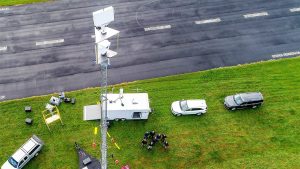

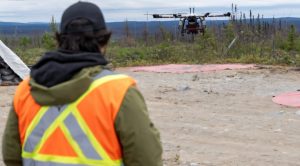
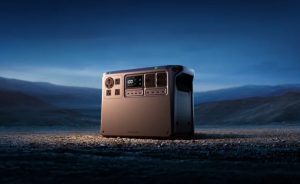
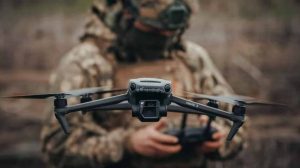


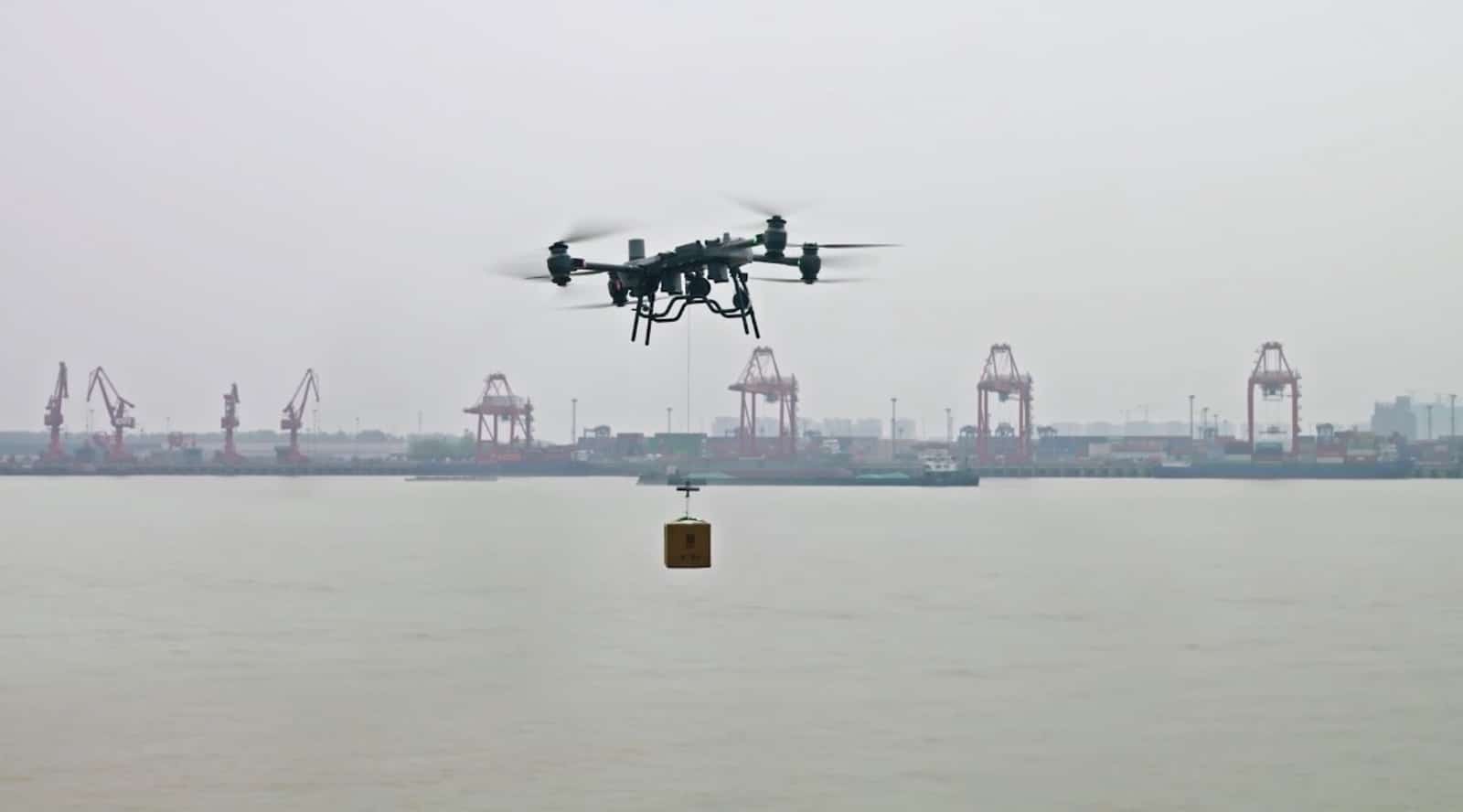


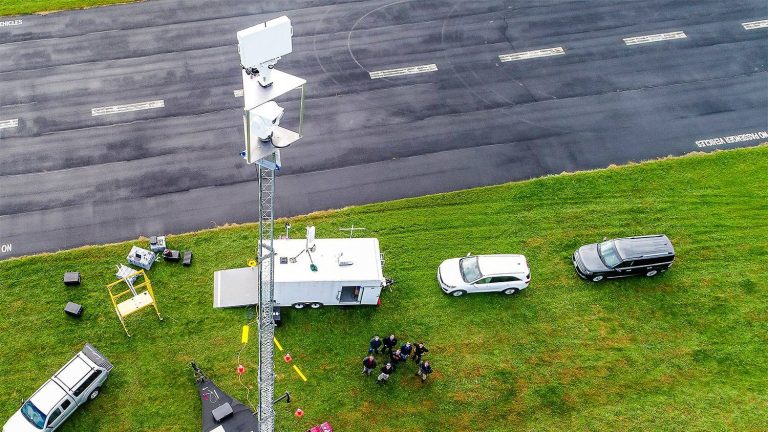
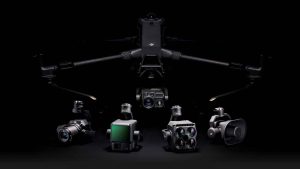
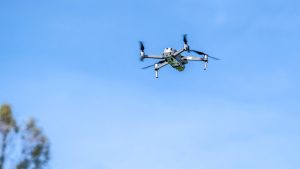

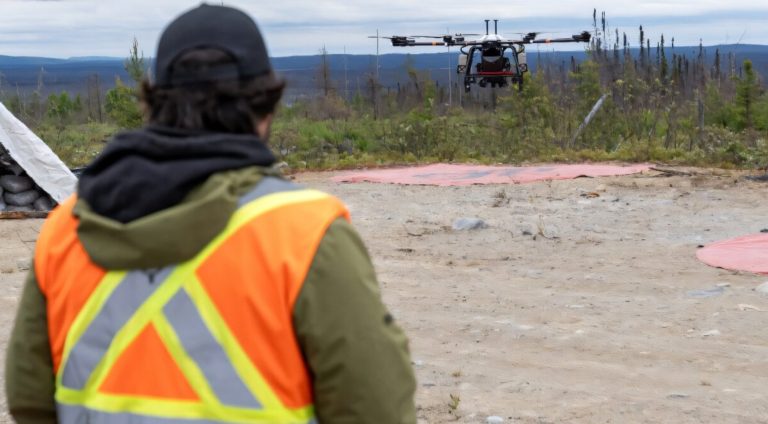

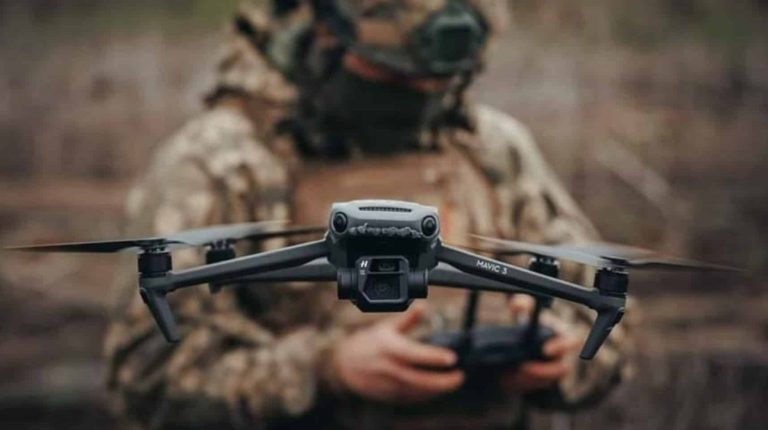

+ There are no comments
Add yours